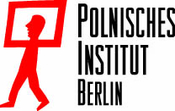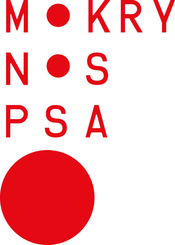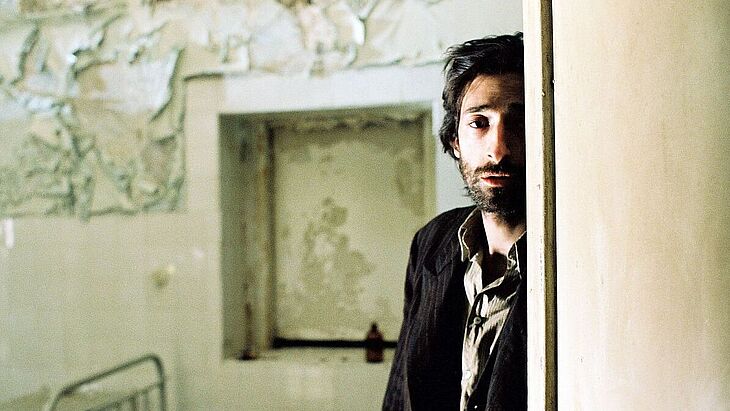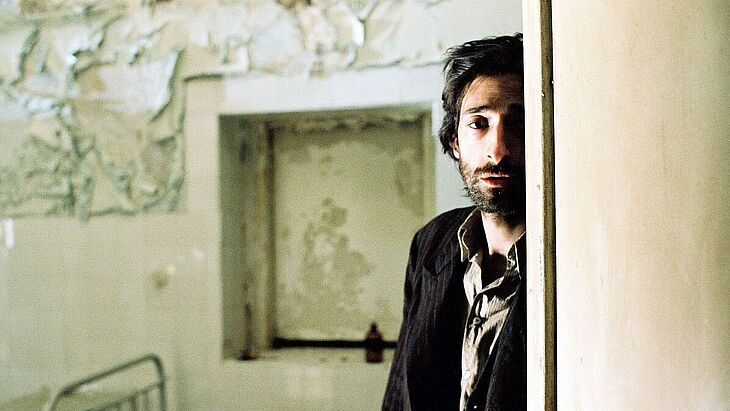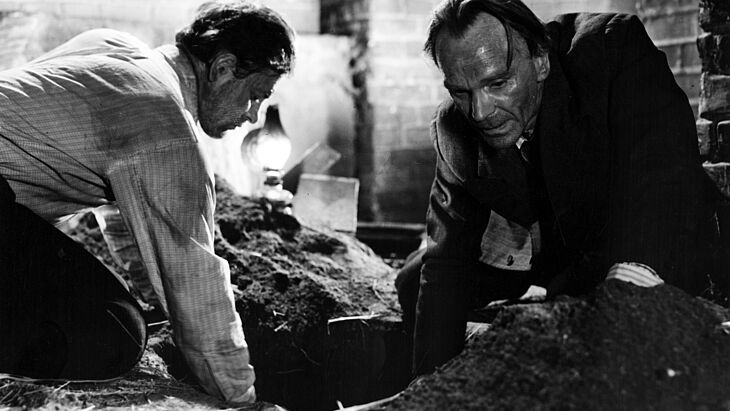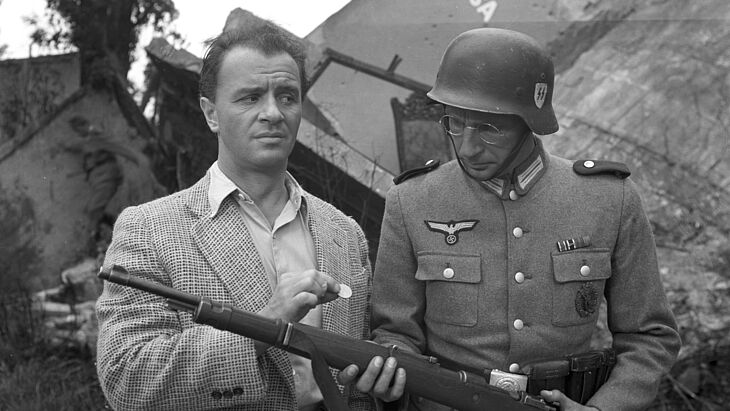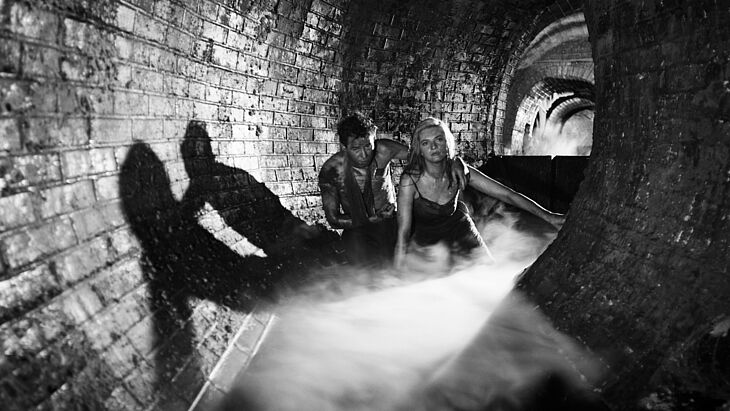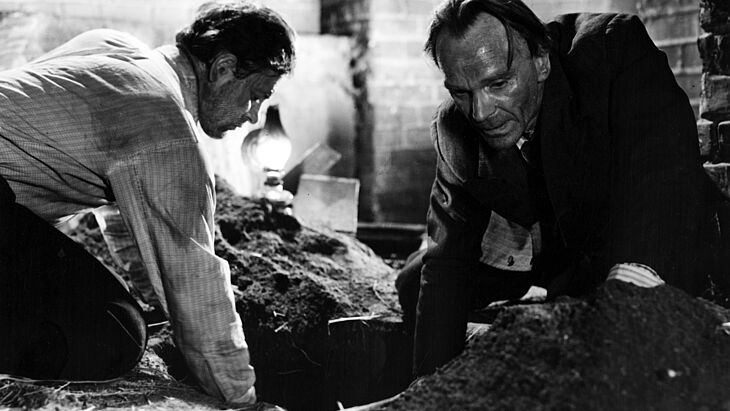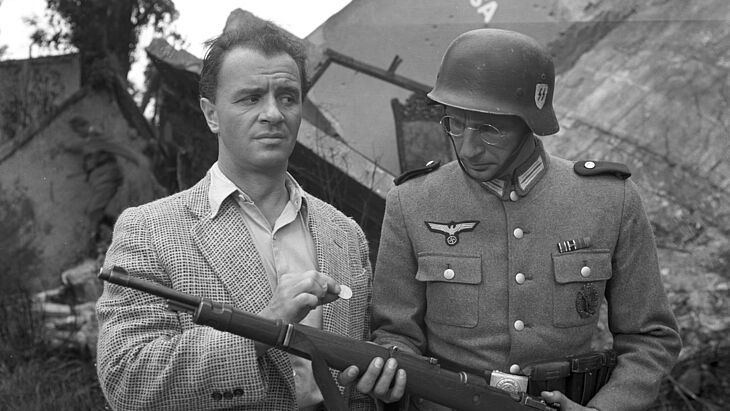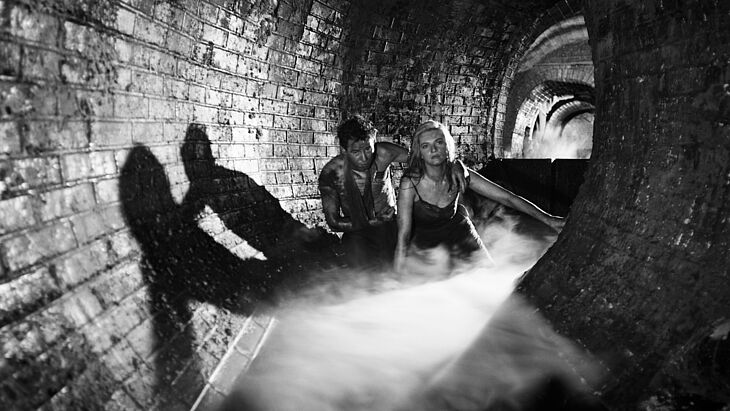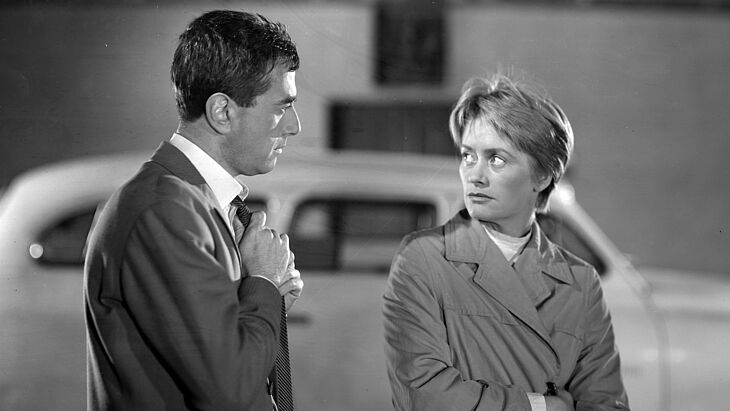Sky of Stone
The Warsaw Uprising in Film
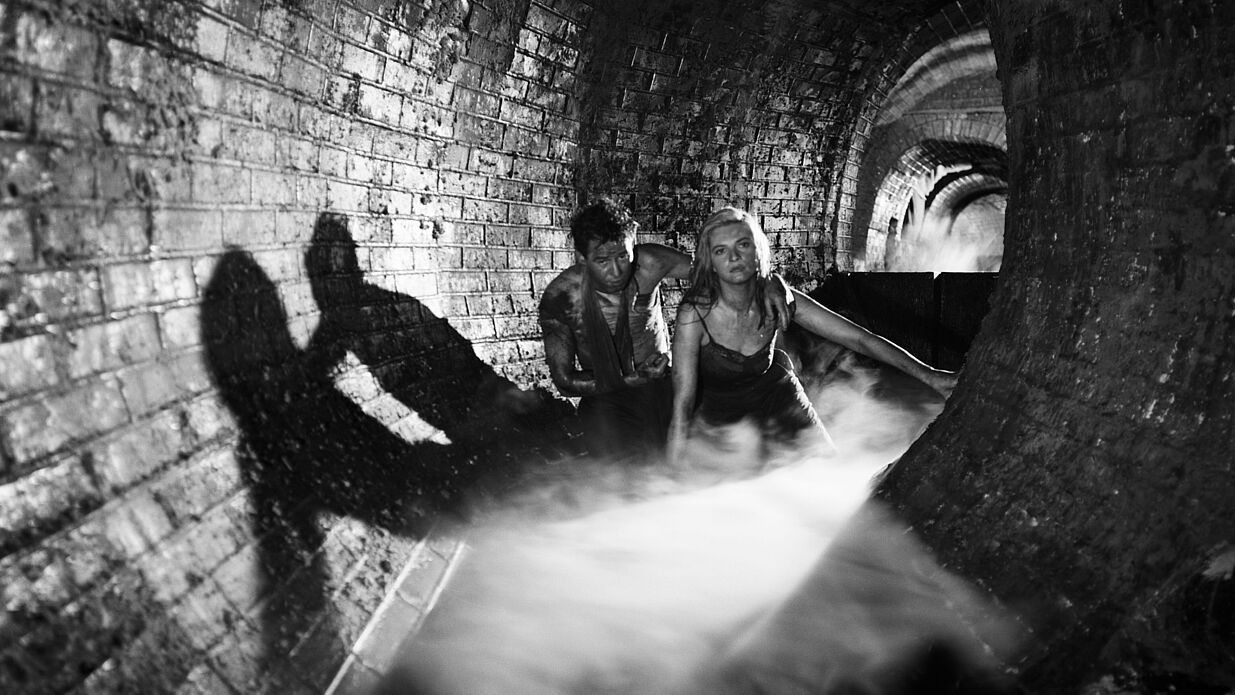
Every year on 1st of August at 5 pm, the Polish capital comes to a standstill. The Warsaw Uprising is commemorated, which began at this time in 1944 and in which the Polish Home Army resisted the German forces until 2nd of October. Around 15,000 Polish soldiers and 150,000 to 225,000 Polish civilians lost their lives. Large parts of Warsaw were destroyed and rendered uninhabitable because Heinrich Himmler gave the order to raze the city to the ground after the uprising was suppressed.
The Warsaw Uprising - sometimes confused outside Poland with the Warsaw Ghetto Uprising of 1943 - is a central Polish place of remembrance. It has sparked debates about the purpose and futility of rebellions, hero worship and the discrepancy between public and private memory culture in the Polish People's Republic. The role of the Soviet Union and Russia in the war was also debated in this context. The Red Army waited until the Germans had put down the uprising before continuing its advance on Warsaw.
Since 1989, the Warsaw Uprising has been discussed more openly and controversially, especially since the foundation of the Museum of the Warsaw Uprising in 2004. This museum documents and researches the history of the uprising and is explicitly aimed at a young audience.
The uprising only played a minor role in the cinema of communist Poland, partly due to foreign policy relations with the Soviet Union. Nevertheless, a series of outstanding films on the subject were made from the mid-1950s onwards, after Leonard Buczkowski's 1947 feature film Zakazane piosenki (Forbidden Songs) had already told of the period of German occupation in Warsaw. The selection of this retrospective focuses on this cinematic examination of the Warsaw Uprising in the 1950s and supplements it with two more recent examples from the last two decades. (Rainer Mende)
The retrospective Sky of Stone. The Warsaw Uprising in Film is part of the festival filmPOLSKA and the programme History and Education, which is supported by the Cultural Promotion Fund of the Ministry of Culture and National Heritage of the Republic of Poland.


